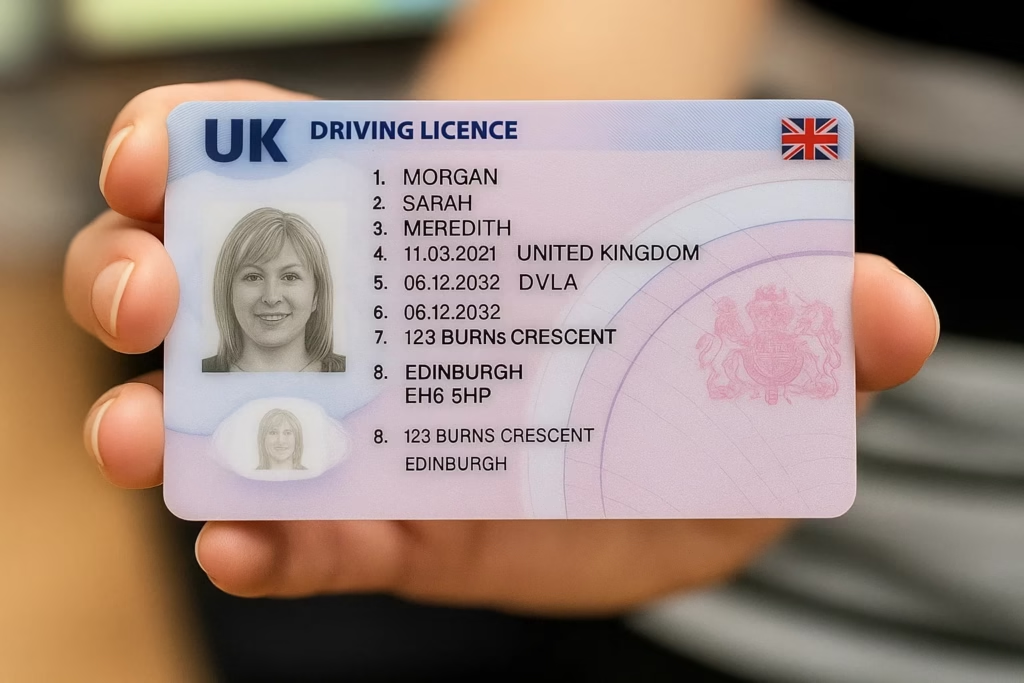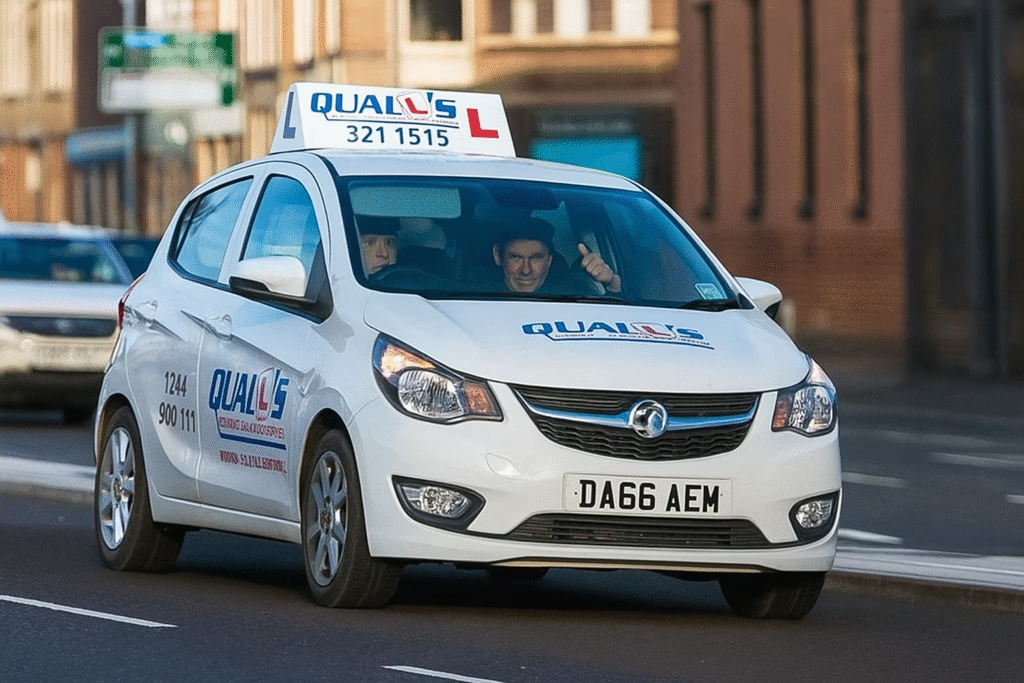Whether you’ve just turned 17 or are finally ready to take the wheel, learning to drive is an exciting milestone. But before you can enjoy the freedom of the open road, there’s a clear process every learner needs to follow.
In this guide, we’ll walk you through how driving lessons work in the UK — step by step, from applying for your provisional licence to passing your practical test.
1. Apply for a Provisional Driving Licence
Before taking any driving lessons, you must have a provisional driving licence. This licence allows you to learn to drive a car on UK roads with a qualified instructor or another driver who meets legal requirements.
You can apply for your provisional licence online at gov.uk.
Requirements:
You must be at least 17 years old
You must be a UK resident
You must be able to read a car number plate from 20 metres away
You’ll need an official form of ID, such as a passport
The fee is £34 if applying online
Your driving journey officially begins once your licence arrives. so it’s a good idea to apply early.
2. Choose a Driving School
Choosing the right driving school can make a huge difference to your learning experience and progress.
Find a Driving school with:
DVSA-approved driving instructors across the UK
Manual and automatic driving lessons
Male and female instructors to suit your comfort
Flexible lesson times, including evenings and weekends
Excellent reviews from real learners
If you’re searching for a “driving school near me”, we’ve got friendly, local instructors ready to get you started.
3. Book Your First Driving Lesson
Once you’ve chosen your instructor, it’s time to hit the road for your very first lesson!
Your instructor will usually pick you up from your home, work, or school for convenience.
In your first few sessions, you’ll learn to:
Understand and control the car
Move off, steer, and stop safely
Drive in real traffic conditions
Build confidence with junctions, roundabouts, and parking
Every lesson is personalised to your experience and comfort level — whether you’re a complete beginner or already have some practice.
4. Pass the Theory Test
Before taking your practical driving test, you must pass the DVSA theory test.
It includes:
50 multiple-choice questions covering road safety and UK driving laws
A hazard perception test using real-life video clips
At Many Driving schools, all learners receive theory test support to help prepare and boost their chances of passing first time.
5. Prepare for Your Practical Test
Once your instructor feels you’re test-ready, you can book your practical driving test through the DVSA website.
The test lasts around 40 minutes and includes:
General driving skills on various roads
One reversing manoeuvre (e.g., parallel park or bay park)
Independent driving using a sat nav or following road signs
6. Get Your Driving License
After passing your practical test, you’ll finally receive your full UK driving licence and earn the freedom to drive independently.

Extra Tips for Learner Drivers in the UK
Practice regularly: The more often you drive, the more confident and natural it feels.
Stay calm: Mistakes are normal — use them as learning experiences.
Use online study tools: Apps and mock tests are great for theory test practice.
Drive with supervision: You can practice with someone over 21 who has held a full UK licence for at least three years.
Be patient: Everyone learns at their own pace. Consistency is key.
Final Thoughts
Learning to drive in the UK may seem like a long process, but with the right preparation and mindset, it’s an incredibly rewarding experience.
From applying for your provisional licence to confidently passing your driving test, every step helps you build the skills and awareness needed to stay safe on the road.
So, when you’re ready — apply, find a good instructor, and start your journey toward freedom and independence on the road.
Discover more from SMOOTHSTEERING
Subscribe to get the latest posts sent to your email.




Pingback: Toll Road and Motorway Rules for New Drivers
Pingback: How to Perform a Three-Point Turn and U-Turn Safely
Pingback: Top 15 Common Myths About Driving Rules